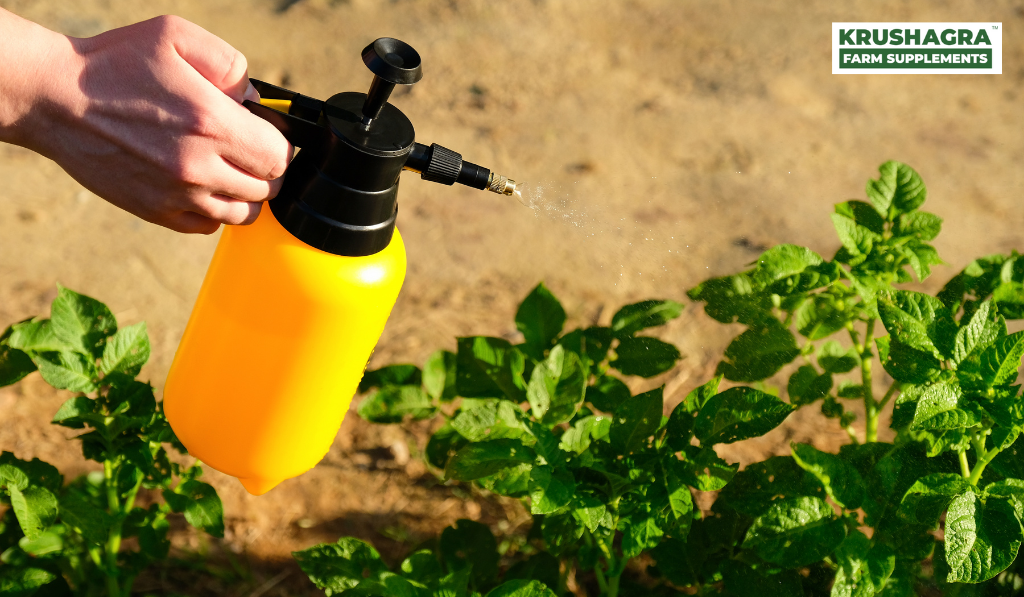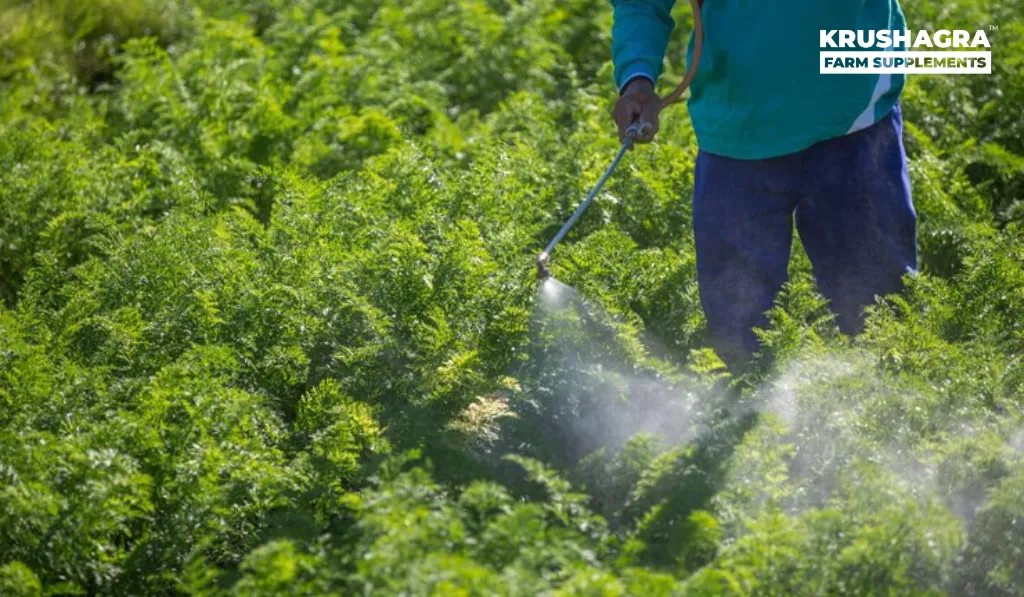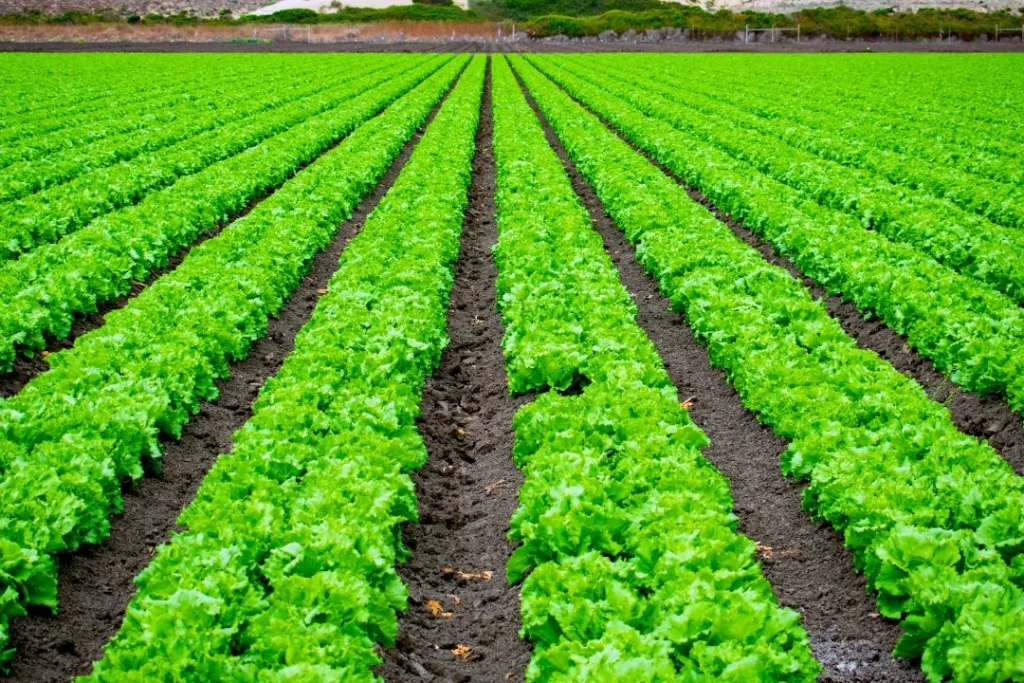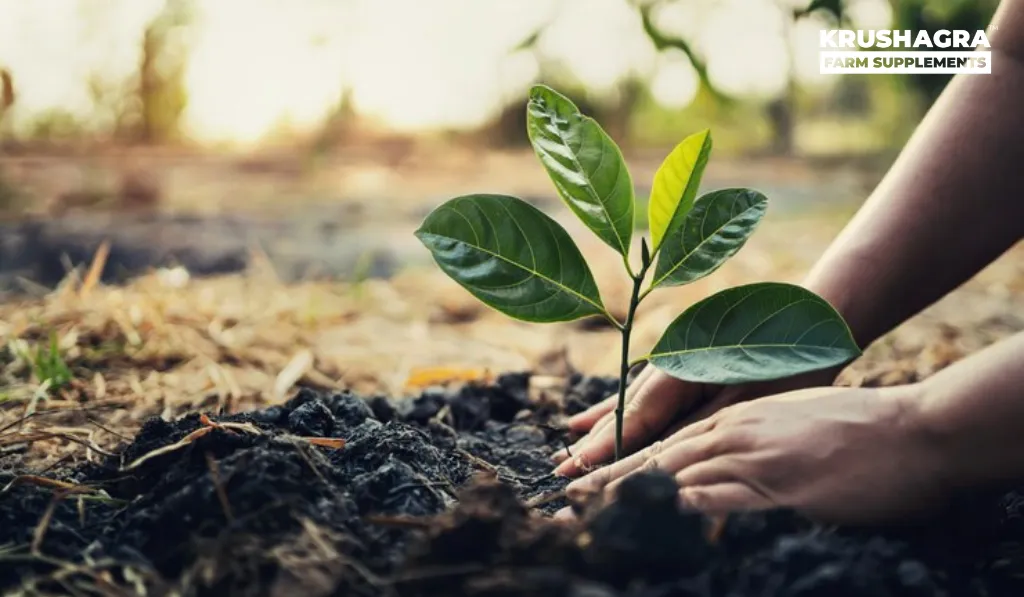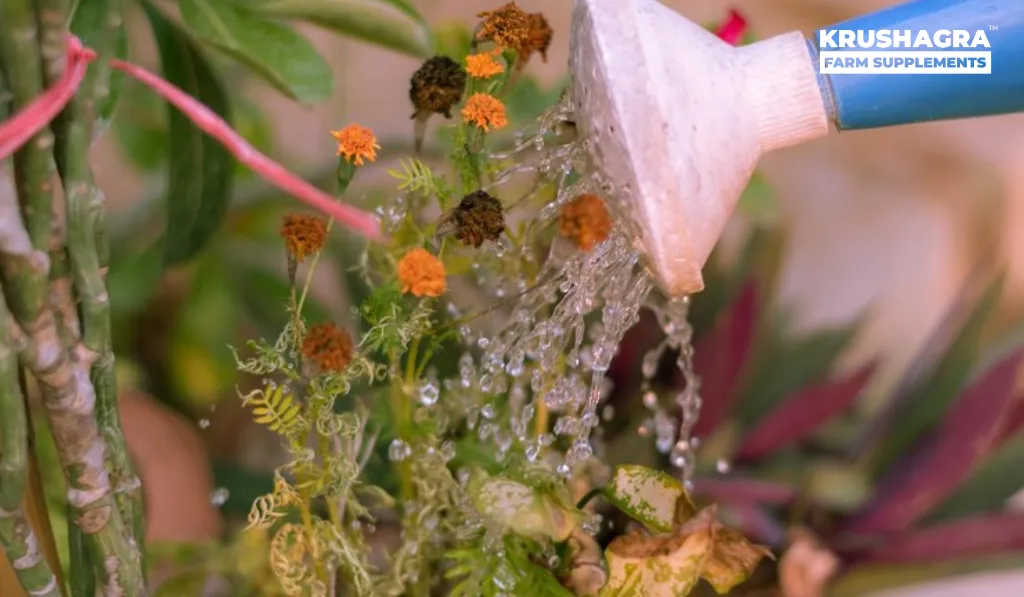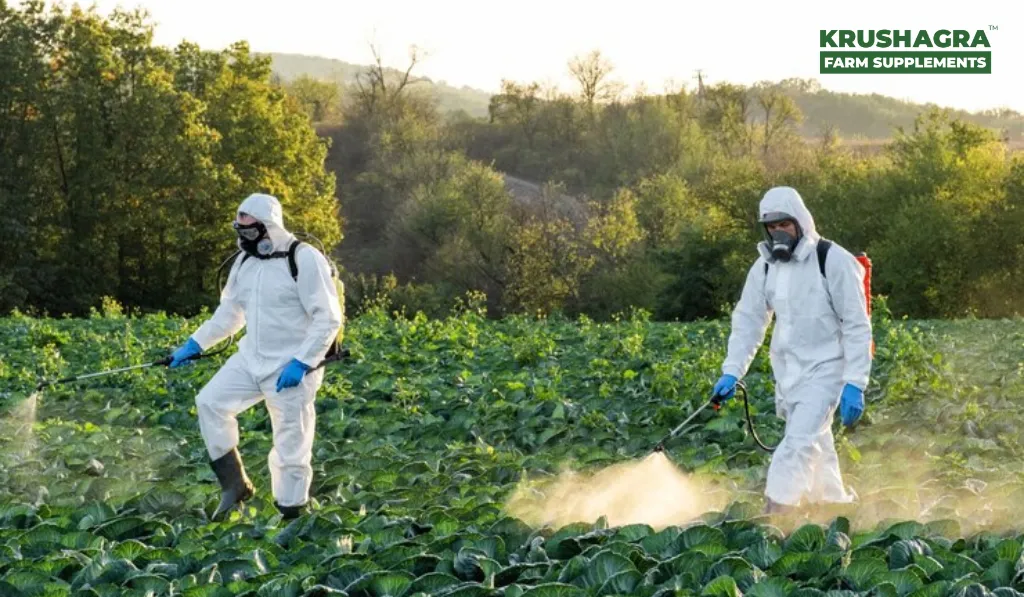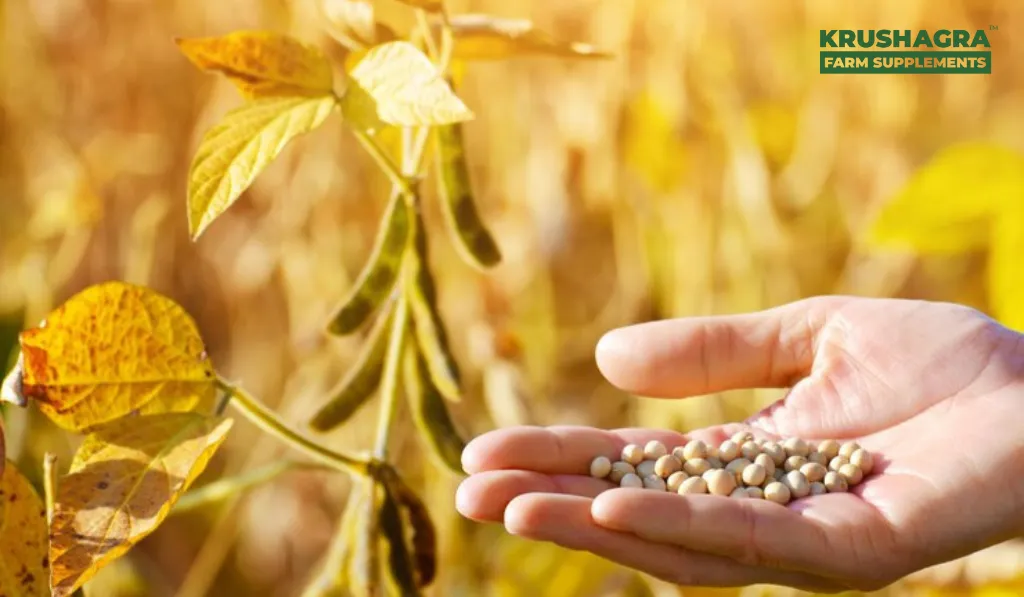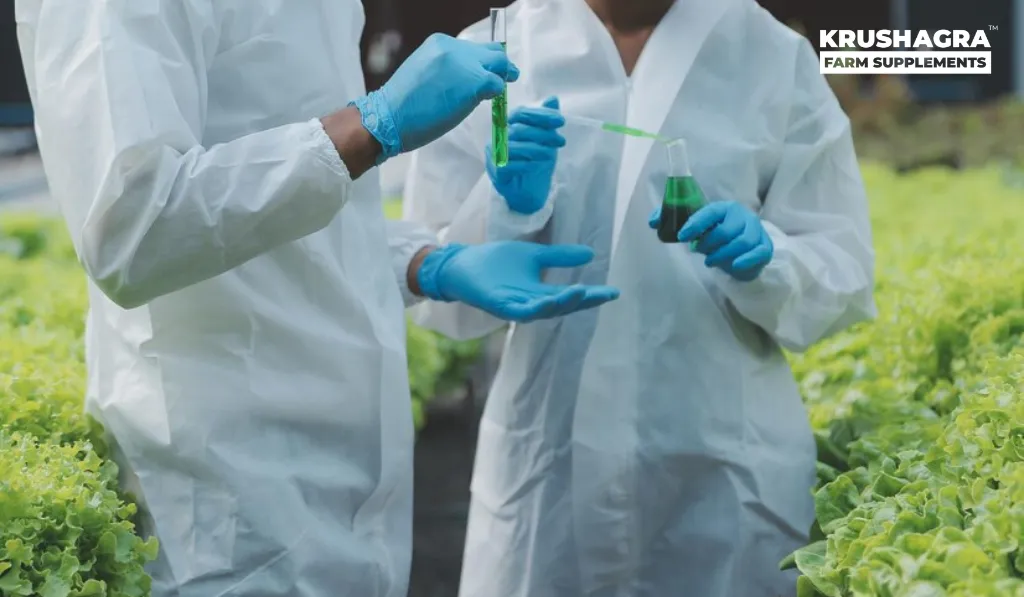Harnessing Biofertilizers to Enhance Crop Immunity: A Powerful Strategy Against Disease and Pests
Introduction The delicate balance between crop yield and environmental sustainability has become a significant issue in the world of modern agriculture. To increase crop yields and safeguard them against pests and diseases, conventional agricultural techniques frequently rely heavily on synthetic fertilizers and pesticides. But the health of the land, the purity of the water, and […]

